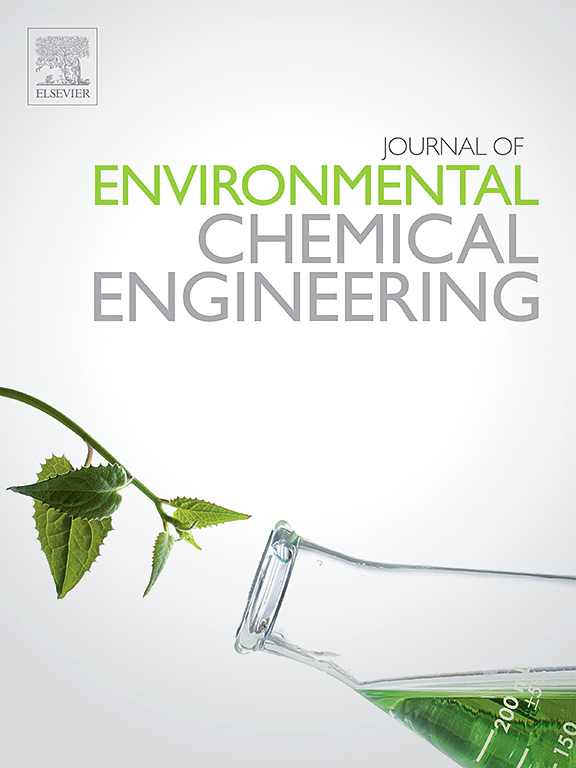A state-of-the-art review focusing on the fabrication technique of activated chitosan-bitumin coal based multifunctional bionanocomposites for industrial wastewater treatment: Production, characterization, and fixed bed column adsorption study
IF 7.4
2区 工程技术
Q1 ENGINEERING, CHEMICAL
引用次数: 0
Abstract
In this review, the fabrication route of activated chitosan-bitumin coal (AC-BC) multifunctional bionanocomposite for industrial wastewater treatment by using a down-flow fixed-bed column adsorption technique. This is crucial to purify the industrial effluents by developing ecofriendly and cost effective technology before discharging which is usually loaded with several toxicants. Otherwise, they can easily contaminate our food chain resulting in a punitive destruction to the ecology as well as public safety and/or health security. To mitigate this serious environmental issue scientists are trying to develop a much more efficient, economical, and ecofriendly realistic technique for the purification of real-time bulky industrial effluents. While continuous column adsorption technique can be very innovative and beneficial one due to its outstanding features. However, AC-BC based bionanocomposite would be a suitable candidate for its much availability, biodegradability, lower cost, higher efficiency, and outstanding physicochemical, thermomechanical, and morphological properties with sensational adsorption performances. Still there is some difficulties regarding the actual processing of the precursor, the fabrication technique and their application mode for the purification of crude wastewater. Hence, this study will be dedicated by focusing on the significant fabrication techniques and application modes along with the possible synergistic mechanism indicating the chemical adsorption, physical adsorption (multi/monolayer), interparticular diffusion/deep penetration and mathematical modellings for better clarity. By ascertaining gaps that belong to the existing study and providing forthcoming research directions, this critical overview aims to improve the overall fabrication, characterization, application of the AC-BC bionanosorbents in the real-time bulky industrial wastewater for sustainable environmental protection.
求助全文
约1分钟内获得全文
求助全文
来源期刊

Journal of Environmental Chemical Engineering
Environmental Science-Pollution
CiteScore
11.40
自引率
6.50%
发文量
2017
审稿时长
27 days
期刊介绍:
The Journal of Environmental Chemical Engineering (JECE) serves as a platform for the dissemination of original and innovative research focusing on the advancement of environmentally-friendly, sustainable technologies. JECE emphasizes the transition towards a carbon-neutral circular economy and a self-sufficient bio-based economy. Topics covered include soil, water, wastewater, and air decontamination; pollution monitoring, prevention, and control; advanced analytics, sensors, impact and risk assessment methodologies in environmental chemical engineering; resource recovery (water, nutrients, materials, energy); industrial ecology; valorization of waste streams; waste management (including e-waste); climate-water-energy-food nexus; novel materials for environmental, chemical, and energy applications; sustainability and environmental safety; water digitalization, water data science, and machine learning; process integration and intensification; recent developments in green chemistry for synthesis, catalysis, and energy; and original research on contaminants of emerging concern, persistent chemicals, and priority substances, including microplastics, nanoplastics, nanomaterials, micropollutants, antimicrobial resistance genes, and emerging pathogens (viruses, bacteria, parasites) of environmental significance.
 求助内容:
求助内容: 应助结果提醒方式:
应助结果提醒方式:


